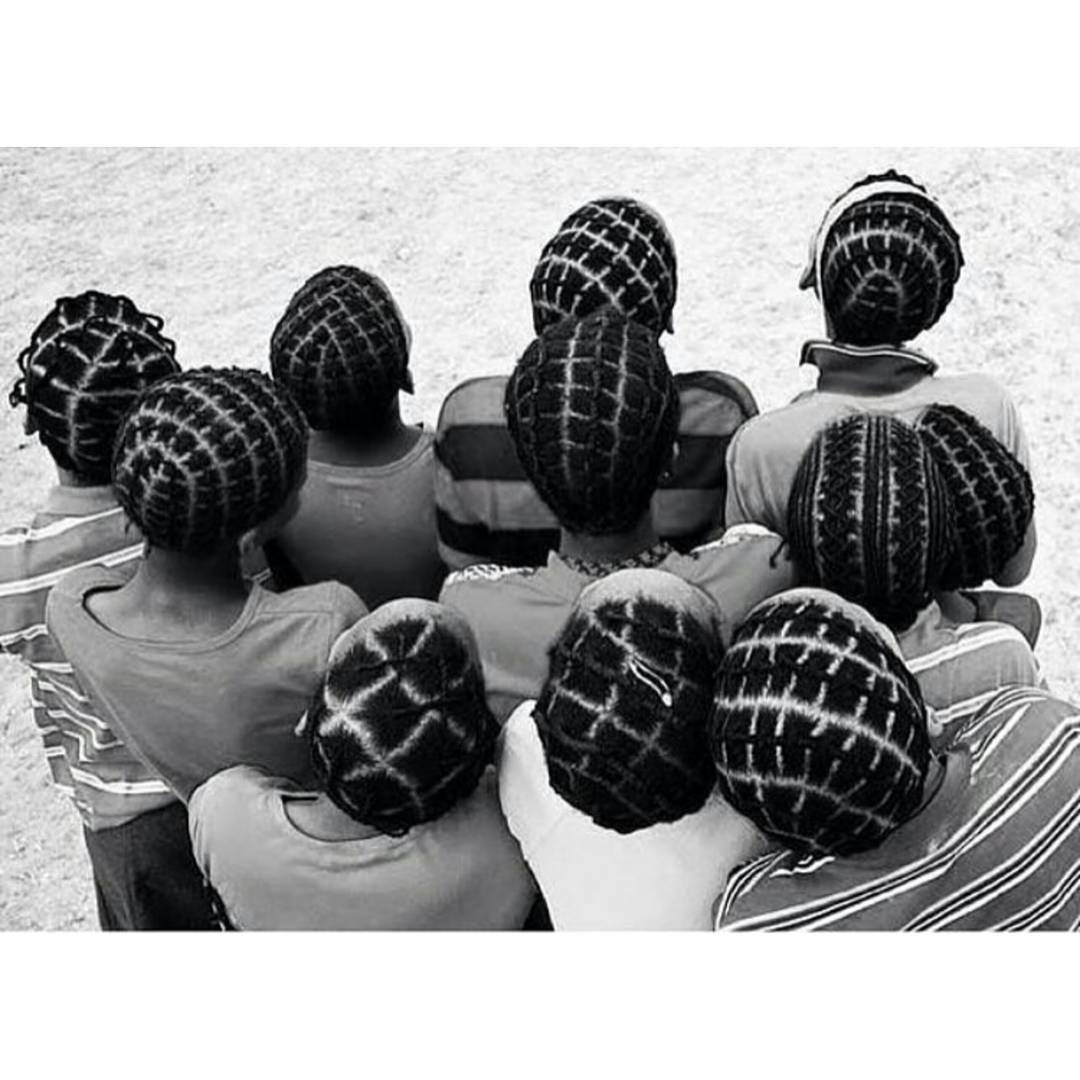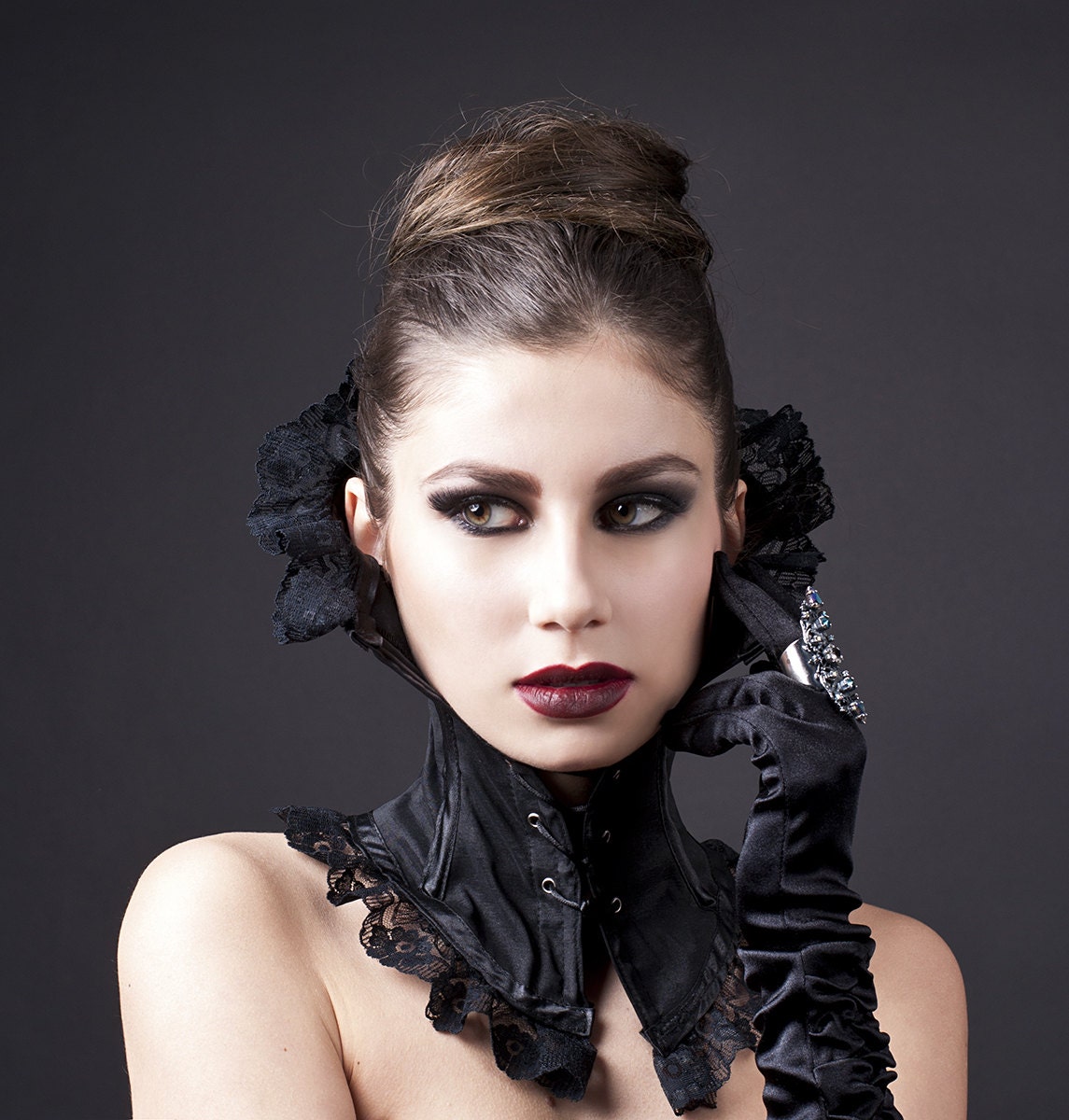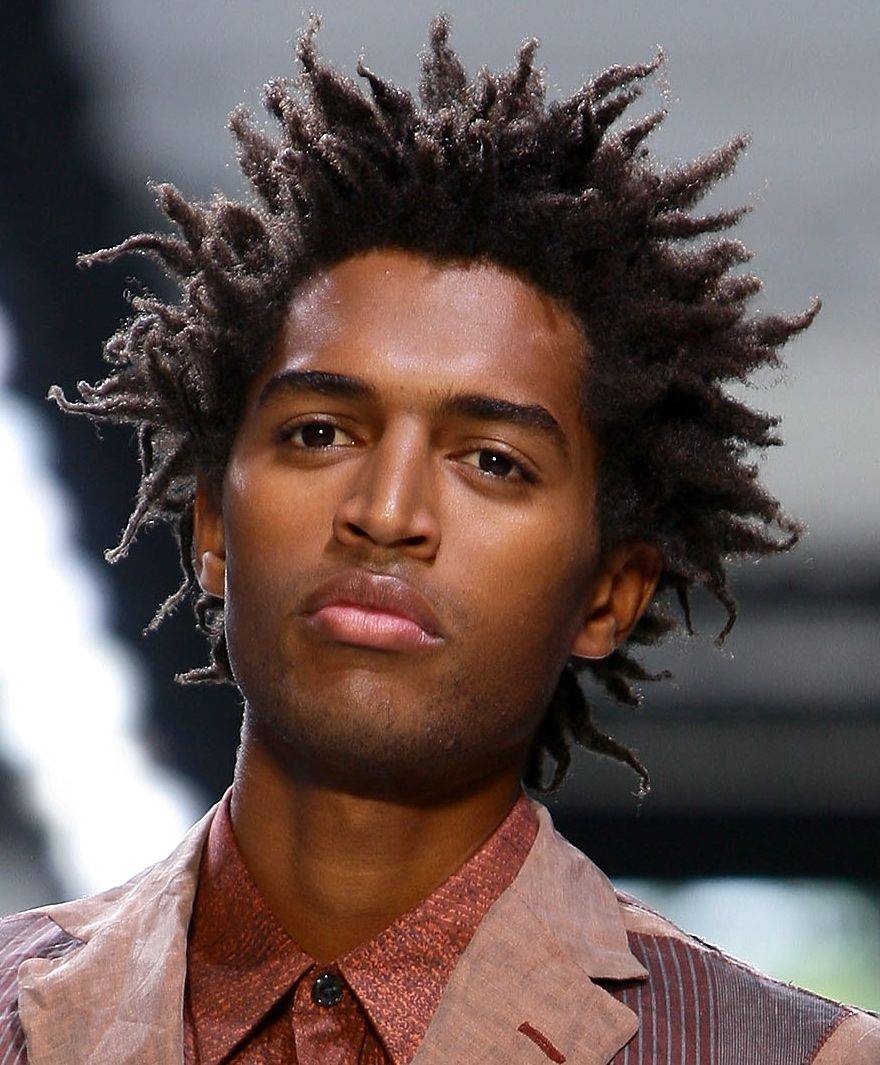Beautiful Tips About Black Hairstyles From Slavery Til Now

Before then, as a young black man on the streets of manhattan, he risked being abducted by bounty hunters and sold into.
Black hairstyles from slavery til now. Walker, black americans wore their hair in afros as a sign of rebellion. Cornrows are generally braided following neat linear rows. The misconception partly comes out of the concept.
Walker!) to the natural hair movement we’re embracing today, below, we’re sharing a. The four themes typically conveyed through black hairstyles are age, gender, faith, and occupation. Yes, during slavery, black people braided routes to freedom into hairstyles.
The myths about how long black hair can or should be are as legion as the myths that natural hair is “dirty”. Hence the lines can also be turned into. With that said, there are a number of.
Mildred europa taylor june 15, 2018 african hairstyles right from the culture of ancient african civilisations before slavery began, the hair was entrusted to close relatives for. How natural black hair at work became a civil rights issue. From the old school bouffants of the early 1900s (we see you, madam c.j.
So, instead of the “press and curl” process popularized by madame c.j. This fascination with the texture of black hair (please don’t call it “ethnic”), is not new. The exhibition ends aug.
There has always been a lot of discussion and debates concerning the. Take a look at what these hairstyles actually mean to the africans or even people of colour. Throughout slavery, black men kept the same short haircut profile and no amount of natural african hairstyles were allowed such as dreadlock hairstyles or twist.
From slavery to colonialism and school rules: These images are misleading for the simple reason that. Black hair has been used as a tool of oppression since colonization and choosing to love it is a radical act in and of itself.
A brief history of black hair, politics, and discrimination. The french invented hot combs in 1845, and they arrived in america in 1880 (15 years after slavery was abolished) as a means to straighten and “tame” black curls. In slave societies, white women would often hack off the hair of their enslaved female servants because it supposedly “confused white men”.
New york allowed slavery until 1829; The first depiction of women wearing their hair in cornrows dates back thousands of years in rock art discovered in southeastern algeria. A history of myths about black hair.
In slave societies, white women would often hack off the hair of their enslaved.


















